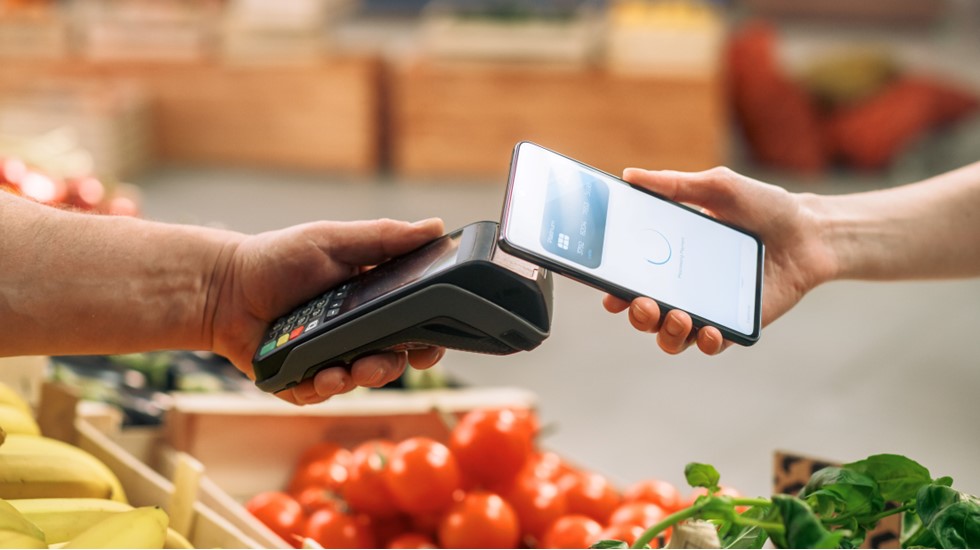Debt burdens expand with student loans
Auto and credit card loans soften.

August 7, 2025
After a sluggish start to the year, consumers took on more debt in the second quarter. Consumer credit outstanding rose 1.8% at a seasonally adjusted annual rate in June, up from a 1.2% increase in May.
For the second quarter, credit posted a gain of 2.3%. That is above the 1.2% rise in the first quarter and just below the 2.4% increase in the second half of 2024. On a year-over-year basis, consumer credit outstanding edged higher by 0.5%.
Revolving debt, made up primarily of credit cards, declined by 1% at an annual rate in June. It rose by 0.7% for the second quarter; that was below the 3% gain in the first quarter when consumers bought ahead of potential tariffs.
Disposable personal income, adjusted for inflation, was flat in June after declining in May. Spending eked out a 0.1% gain due to increased spending on nondurable goods and services; it fell for big-ticket durable goods. That is consistent with consumers delaying large purchases during times of uncertainty.
Nonrevolving debt, which includes car loans, student loans and personal loans, increased at an annual rate of 2.7% in June. It posted a gain of 2.9% for the second quarter, up from 0.6% in the first quarter. Auto sales weakened in June; part of that represents a payback to the surge in March and April to get ahead of tariffs. A rise in student loan debt is contributing to the increase in nonrevolving debt.
The Federal Reserve Bank of New York's quarterly household debt and credit report released this week found that seriously delinquent (90 days or more) student loans surged to 10.2% in the second quarter. They were 7.7% in the first quarter and 0.5% in the fourth quarter of last year. We expect that rising student loan balances, delinquencies and payments will suppress other forms of credit demand in the months ahead. That will hit consumption.
There are other headwinds for future credit demand. Many lower-income consumers are increasingly using "buy-now-pay-later" loans. Official credit scores will now include these loans. Recently, a federal judge reversed a rule from the Consumer Financial Protection Bureau (CFPB) during the last administration that banned credit scores from including medical debt. These changes are both likely to lower credit scores, credit demand and consumption.
Consumer spending has been weak so far this year and is expected to slow further.

Matthew Nestler, PhD
KPMG Senior Economist
Bottom Line
Consumers took on more debt in June, driven by growing student loan balances. Lower-income balance sheets remain stressed, especially those with student loans. Despite reports of stress on higher-income balance sheets, delinquencies in the aggregate fell for credit cards and auto loans during the second quarter.
We see a tenuous balance. A weakening labor market and worsening student loan delinquencies raise the risk of delinquencies on other debt. Consumer spending has been weak so far this year and is expected to slow further. We are forecasting that the Federal Reserve will cut interest rates two times by year-end, but a September cut is not a done deal.
Subscribe to insights from KPMG Economics
KPMG Economics distributes a wide selection of insight and analysis to help businesses make informed decisions.
Explore more

Consumers took on more debt in April
Consumer balance sheets continue to be stressed.

KPMG Economics
A source for unbiased economic intelligence to help improve strategic decision-making.

Walking a tightrope: Biannual economic outlook
Aggressive rate cuts could destabilize the bond market.
Meet our team
